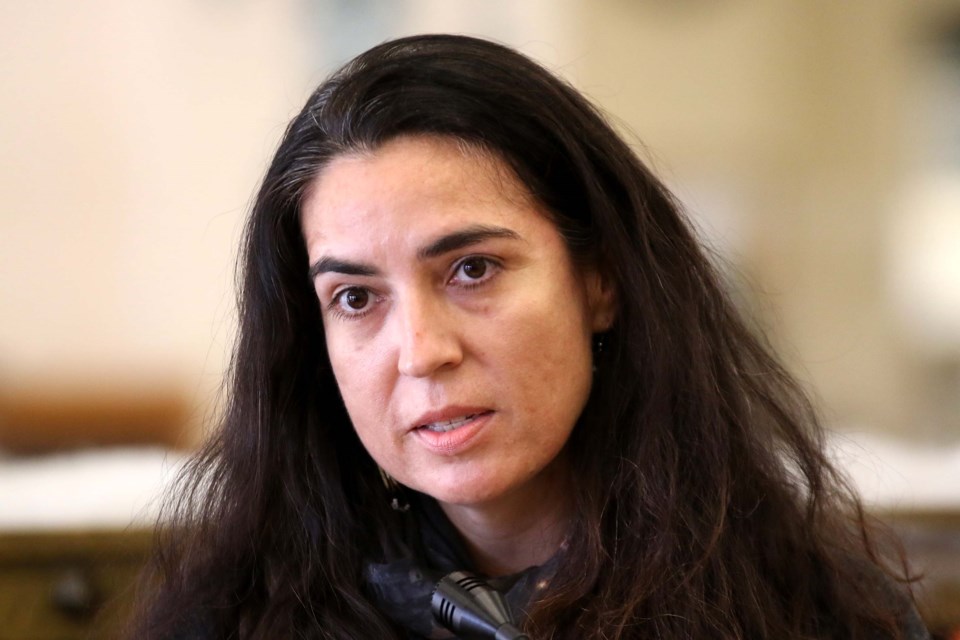THUNDER BAY -- Seven Fallen Feathers is a story Tanya Talaga felt she had to tell.
It germinated six years ago, when the veteran Toronto Star reporter was in Thunder Bay covering the story of Jordan Wabasse, a 15-year-old Indigenous teen who had disappeared in February 2011 and whose body was subsequently found three months later in the Kaministiquia River.
The Webequie First Nation teen was the seventh Dennis Franklin Cromarty student to die in an 11-year span, news that shocked Talaga at the time.
“This was before his body was found and I started writing articles about it because I couldn’t believe that seven kids that had disappeared or been lost to the water wasn’t making national news. I was stunned by that,” Talaga said, after speaking to a small group at the Brodie Street Library, a day before a planned Day of Remembrance is held at the school and along the banks of the McIntyre River honouring Nishnawbe Aski Nation’s lost youth.
The book, released earlier this year, provides a poignant, emotional glimpse into the lives of the seven fallen feathers – Jethro Anderson, Curran Strang, Kyle Morriseau, Paul Panacheese, Reggie Bushie, Robyn Harper and Jordan Wabasse – through the eyes of their friends and families.
“You have to know who these kids are,” she said, explaining why she wrote the book, admitting more than a few tears were shed throughout the process, her sources opening up to her through the pain of loss.
Seven Fallen Feathers traces final moments of the Seven, and Talaga, who grew up in Raith, Ont. and whose grandmother is a member of Fort William First Nation, doesn’t pull any punches.
She doesn’t try to paint any of the seven as angelic, presenting them warts and all, but she does try to show how badly the system failed them along the course of their lives, failures that stretch back over generations of time.
Talaga is critical of Thunder Bay Police, who she believes dismiss far too quickly Indigenous deaths in local waterways as non-suspicious and don’t conduct proper investigations.
She also lays blame with senior levels of government, for the residential school system, the failure to achieve reconciliation and the third-world conditions many on-reserve First Nations people must live with today. Indigenous leadership also shares some of the blame.
“So many reasons are behind what happened to the Seven. You can look at broken treaties, the residential school system, the failure of Canada to adequately provide education to Indigenous kids like it does for non-Indigenous children,” Talaga said.
“The fact is there are still no high schools for these kids to attend in these northern communities.”
While the book focuses on the Seven, veering off at times to share stories of other Indigenous victims, it is representative of what’s happening across Canada, Talaga said.
It’s not just Thunder Bay.
“You might be surprised by the racism, you might not,” she said, asked what would open the eyes of readers the most.
“If you’re Indigenous, you’re not going to be surprised by it. If you’re non, you might be. But I think that when everyone reads this book they’ll see their city.”
